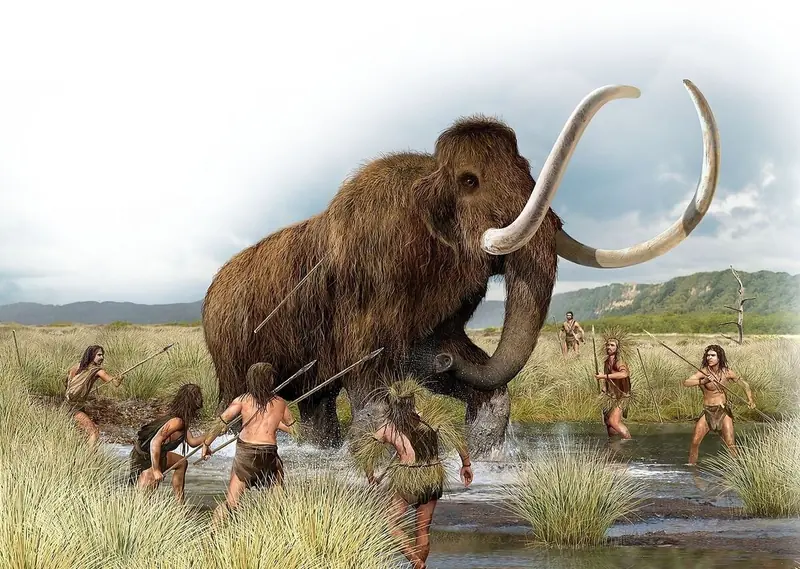
For nearly two million years, our early human ancestors and members of Homo sapiens turned their backs on a vegan diet, opting instead for a meat-based one. This choice allowed them to rise to the top of the food chain.
According to research conducted by anthropologists from Tel Aviv University (Israel) and Minho University (Portugal), we have been mistaken about the diets of our ancestors.
It’s not the balanced diet of berries, grains, and fire-cooked meat that one might envision when thinking about the Earth’s population during the Paleolithic era.
After analyzing hundreds of previous studies, the researchers discovered that as recently as 12,000 years ago, we were predominantly apex predators. It’s important to note that reconstructing the diet of hominids who lived on our planet 2.5 million years ago is significantly complicated by the fact that plant remains do not preserve as well as bones, teeth, and shells of animals.
Meat-Eaters by Nature
According to lead researcher Miki Ben-Dor from Tel Aviv University, the entire ecosystem of the planet has changed since then. He noted that the Pleistocene epoch was a defining period in our history as humans. During that time, we ventured into the farthest corners of the globe, gradually outpacing other hominids on our branch of the evolutionary tree.
During the last major ice age, much of modern Europe and North America was regularly covered by thick glaciers. With so much water locked up in ice, ecosystems around the world were vastly different from what we see today.
Countless large animals roamed the vast landscapes, including mammoths, mastodons, and giant sloths. It’s no secret that Homo sapiens used their ingenuity and extraordinary endurance to hunt them. However, scientists found it challenging to determine how frequently ancient humans hunted these herbivorous giants.
Instead of relying solely on fossils or making inaccurate comparisons with pre-agricultural cultures, researchers turned to evidence embedded in our own bodies and compared this data with what is known about our ancestors.
“We used different methods to reconstruct the diet of Stone Age people: we studied the memory preserved in our bodies, our metabolism, genetics, and physical structure,” explained Ben-Dor.
Through the Lens of Nutritional Evolution
Human behavior changes rapidly, but our bodies remember these changes. Compared to other primates, we require more energy per unit of body mass. This is especially true when it comes to our energy-hungry brains, as noted by Science Alert.
Modern humans have a limited amount of time to spend searching for food. Instead, we have ample fat reserves that we can utilize, quickly converting them into ketones (molecules produced by the liver from fat that serve as an additional energy source). Unlike other omnivores, which have few but large fat cells, ours are small and numerous, resembling those of a predator.
According to Miki Ben-Dor, our digestive systems also suspiciously resemble those of animals that are closer to the top of the food chain. The presence of extremely strong stomach acid is exactly what we may need to break down proteins and eliminate harmful bacteria that could be found in a week-old mammoth steak.
Even our genomes indicate a greater reliance on a meat-rich diet. The research team’s arguments are quite compelling, touching on the use of tools, traces of micronutrients, nitrogen isotopes in Paleolithic remains, and even dental wear.
Analysis suggests that around 2.5 million years ago, our ancestors were highly carnivorous, occupying the role of apex predators in the food chain and remaining so until the Upper Paleolithic (about 11,700 years ago).
This doesn’t mean we should eat more meat. Our evolutionary past is not a guide to human health, and, as the researchers emphasized, our world is no longer what it once was.
However, understanding the role our ancestors played in the food chain is crucial for grasping many aspects: from our health and physiology to our impact on the environment in ancient times.
The findings of the study were published in the American Journal of Physical Anthropology.
